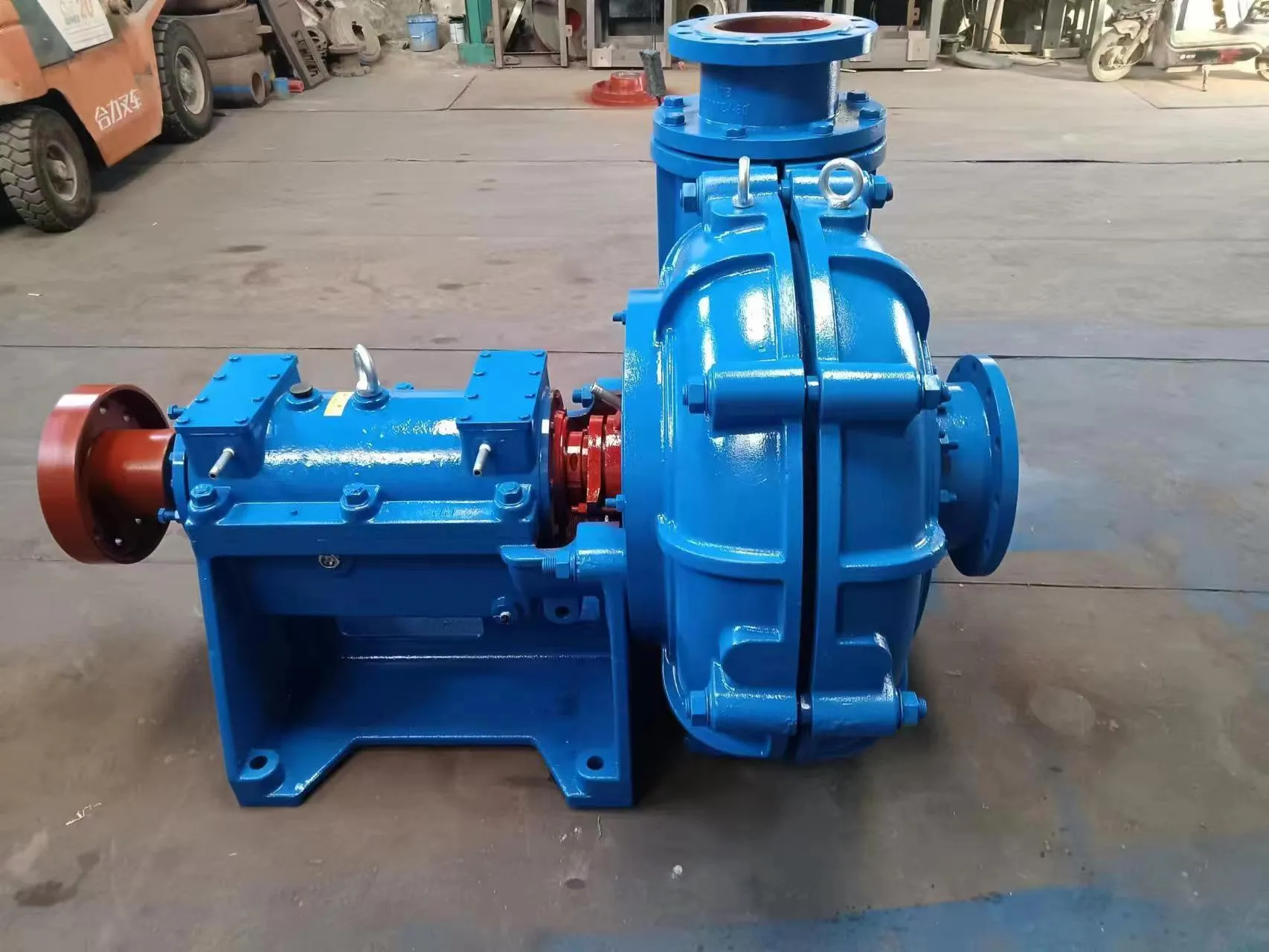Kannada
- Afrikaans
- Albanian
- Amharic
- Arabic
- Armenian
- Azerbaijani
- Basque
- Belarusian
- Bengali
- Bosnian
- Bulgarian
- Catalan
- Cebuano
- Corsican
- Croatian
- Czech
- Danish
- Dutch
- English
- Esperanto
- Estonian
- Finnish
- French
- Frisian
- Galician
- Georgian
- German
- Greek
- Gujarati
- Haitian Creole
- hausa
- hawaiian
- Hebrew
- Hindi
- Miao
- Hungarian
- Icelandic
- igbo
- Indonesian
- irish
- Italian
- Japanese
- Javanese
- Kannada
- kazakh
- Khmer
- Rwandese
- Korean
- Kurdish
- Kyrgyz
- Lao
- Latin
- Latvian
- Lithuanian
- Luxembourgish
- Macedonian
- Malgashi
- Malay
- Malayalam
- Maltese
- Maori
- Marathi
- Mongolian
- Myanmar
- Nepali
- Norwegian
- Norwegian
- Occitan
- Pashto
- Persian
- Polish
- Portuguese
- Punjabi
- Romanian
- Russian
- Samoan
- Scottish Gaelic
- Serbian
- Sesotho
- Shona
- Sindhi
- Sinhala
- Slovak
- Slovenian
- Somali
- Spanish
- Sundanese
- Swahili
- Swedish
- Tagalog
- Tajik
- Tamil
- Tatar
- Telugu
- Thai
- Turkish
- Turkmen
- Ukrainian
- Urdu
- Uighur
- Uzbek
- Vietnamese
- Welsh
- Bantu
- Yiddish
- Yoruba
- Zulu
Telephone: +86 13120555503
Email: frank@cypump.com
ನವೆಂ . 18, 2024 12:23 Back to list
Effective Strategies for Pumping Lime Slurry in Industrial Applications
The Importance of Lime Slurry Pumping in Industrial Applications
Lime slurry, a mixture produced by slaking quicklime with water, is widely utilized in various industrial applications, including water treatment, metallurgical processes, and flue gas desulfurization. The efficient transport of lime slurry is crucial for the operational success of these applications, and this is where lime slurry pumping plays a vital role.
Understanding Lime Slurry
Lime slurry is a highly alkaline substance, primarily composed of calcium hydroxide, and exhibits unique properties that make it an effective agent in different industrial processes. In water treatment, for instance, lime slurry helps in adjusting pH levels and precipitating harmful heavy metals, thereby ensuring cleaner water supply. In metallurgy, it’s used for sulfide ore flotation, contributing to the extraction of metals.
The Challenge of Pumping Lime Slurry
Pumping lime slurry presents unique challenges due to its abrasive nature and density variations. Lime particles can be hard and jagged, causing wear and tear on traditional pumps, potentially leading to breakdowns and increased maintenance costs. Additionally, the viscosity of the slurry can vary based on concentration, which affects flow rates and the overall efficiency of the pumping system.
Selection of Pumping Equipment
lime slurry pumping

To ensure effective pumping of lime slurry, it is crucial to select the right type of pump. Centrifugal and positive displacement pumps are commonly used in these applications. Centrifugal pumps, characterized by their ability to manage large volumes of fluid efficiently, are often chosen for lime slurry applications due to their robustness. However, they may require additional modifications or specialized materials to handle abrasive slurries effectively.
Positive displacement pumps, on the other hand, are known for their ability to generate high pressure, making them suitable for situations where slurry viscosity is an issue. They provide a consistent flow rate, which is essential for applications requiring precise dosing of lime slurry. Selecting the right pump can optimize performance and extend the lifespan of equipment, ensuring a smoother operation.
Maintenance and Best Practices
Proper maintenance of pumping systems is vital for the longevity and efficiency of lime slurry transport. Routine inspections and timely replacement of worn components can prevent unexpected failures. Moreover, utilizing equipment made from wear-resistant materials is advisable to mitigate damage caused by the abrasive slurry.
Operators should also consider implementing monitoring technologies to assess pump performance in real-time. This approach allows for the early detection of potential issues, enabling timely intervention before escalation.
Conclusion
Lime slurry pumping is a critical component in various industrial processes, presenting unique challenges that require specialized solutions. By selecting the appropriate pumping equipment, practicing diligent maintenance, and employing advanced monitoring techniques, industries can optimize their operations, reduce downtime, and achieve greater efficiency in lime slurry transport. As industries continue to evolve, the importance of effective lime slurry pumping remains clear, ensuring that vital processes run smoothly and efficiently.
-
ISG Series Vertical Pipeline Pump - Chi Yuan Pumps Co., LTD.|Advanced Hydraulic Design&Energy-Efficient Solutions
NewsJul.30,2025
-
ISG Series Vertical Pipeline Pump - Chi Yuan Pumps Co., LTD.
NewsJul.30,2025
-
ISG Series Vertical Pipeline Pump - Chi Yuan Pumps Co., LTD.|energy-efficient fluid handling&industrial durability
NewsJul.30,2025
-
ISG Series Vertical Pipeline Pump - Chi Yuan Pumps | Advanced Engineering&Industrial Efficiency
NewsJul.30,2025
-
ISG Series Pipeline Pump - Chi Yuan Pumps | High Efficiency, Energy Saving
NewsJul.30,2025
-
ISG Series Vertical Pipeline Pump-Chi Yuan Pumps|High Efficiency&Reliable Performance
NewsJul.29,2025










